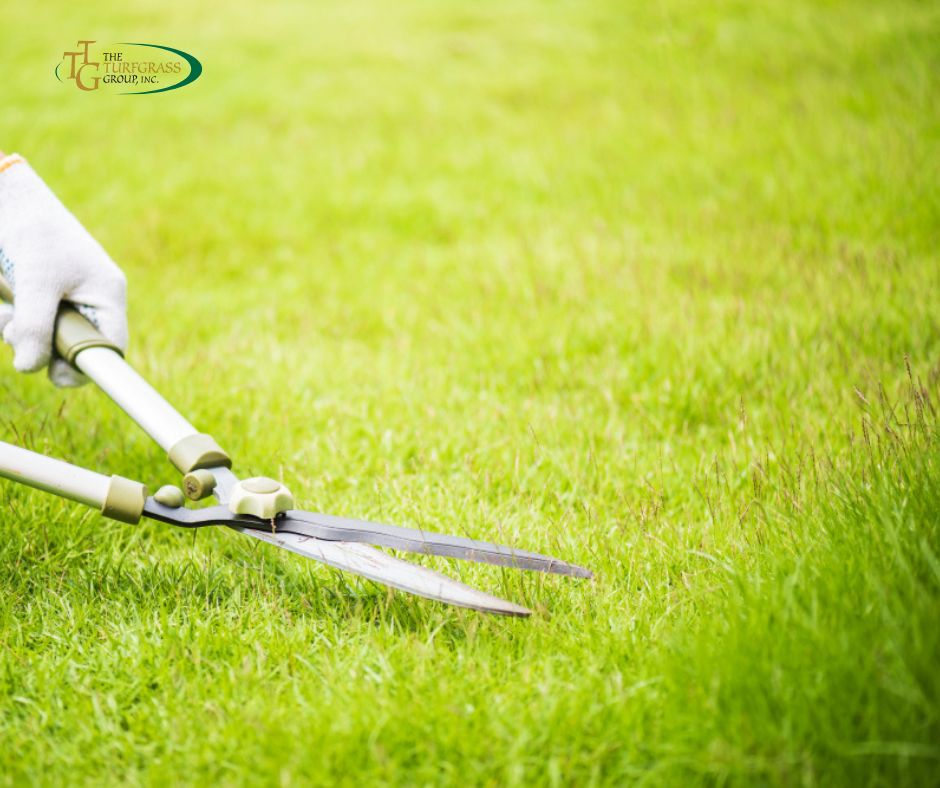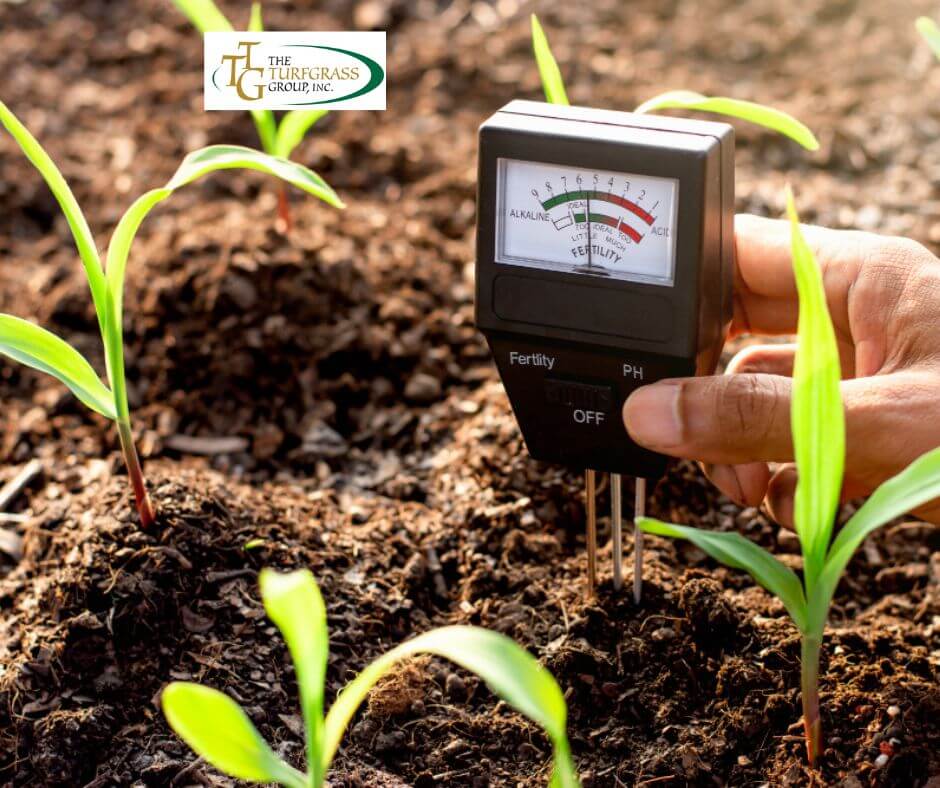
Maintaining a lush, vibrant lawn through proper Lawn Care requires more than just mowing and occasional fertilization.
One of the most crucial aspects of lawn care is efficient watering practices.
Water is essential for the health and growth of grass, but improper watering can lead to wasted resources, environmental harm, and lackluster results.
In this article, we’ll explore the best practices for watering your lawn efficiently to promote healthy growth while conserving water and minimizing environmental impact.
Know Your Grass Type:
Different types of grass have different water requirements.
Whether you have cool-season grasses like Kentucky bluegrass or warm-season grasses like Bermuda grass, understanding the specific needs of your lawn will help you tailor your watering practices accordingly.
Water Early in the Morning:
The best time to water your lawn is early in the morning, ideally before 10 a.m.
Watering during this time reduces water loss due to evaporation and ensures that the grass has ample moisture to withstand the heat of the day.
Water Deeply and Infrequently:
Instead of frequent shallow watering, which promotes shallow root growth and increases water waste, water your lawn deeply and less frequently.
Aim for about 1 inch of water per week, either from rainfall or irrigation.
Deep watering encourages the grass roots to grow deeper into the soil, making them more resilient to drought conditions and reducing soil compaction.
Use a Soaker Hose or Drip Irrigation:
Soaker hoses and drip irrigation systems deliver water directly to the root zone of the grass, minimizing waste from runoff and evaporation.
These methods are more efficient than traditional sprinklers and help ensure that water reaches the areas of the lawn that need it most.
Adjust Sprinkler Heads Properly:
If you use a sprinkler system, make sure the sprinkler heads are adjusted correctly to avoid watering sidewalks, driveways, or other non-lawn areas.
Also, check for leaks or clogs in the system, as these can lead to water waste.
Monitor Soil Moisture:

Get to know your soil and its moisture levels.
You can use a moisture meter or simply dig a small hole in the lawn to check the soil moisture.
Water only when the top few inches of soil are dry to encourage deep root growth and prevent overwatering.
Mulch Around Trees and Shrubs:
Applying a layer of mulch around trees, shrubs, and garden beds helps retain soil moisture, reducing the need for supplemental watering.
Mulch also helps regulate soil temperature and suppresses weed growth, further benefiting the overall health of your landscape.
Consider Rainwater Harvesting:
Rain barrels or other rainwater harvesting systems can capture and store rainwater for later use in watering your lawn and garden.
Using harvested rainwater reduces your reliance on municipal water sources and helps conserve water.
Practice Smart Irrigation:
Take advantage of smart irrigation technologies, such as weather-based controllers or soil moisture sensors, to optimize watering schedules based on environmental conditions and the specific needs of your lawn.
These systems can automatically adjust watering times and durations to avoid overwatering and minimize water waste.
Regular Maintenance and Observation:
Finally, regularly inspect your lawn for signs of overwatering or underwatering, such as wilting, yellowing, or fungal growth.
Adjust your watering practices accordingly based on seasonal changes, weather patterns, and the health of your lawn.
Hydrozoning:
Hydrozoning involves grouping plants with similar water needs together in the landscape.
By creating hydrozones, you can tailor your watering practices more precisely, ensuring that each area of your lawn receives the appropriate amount of water.
For example, you can group high-water-use plants in one zone and drought-tolerant plants in another, allowing you to adjust watering frequencies and durations accordingly.
Aerate Your Lawn:
Compacted soil can prevent water from penetrating deep into the root zone of the grass, leading to runoff and water waste.
Regularly aerating your lawn helps alleviate soil compaction, allowing water, air, and nutrients to reach the grass roots more effectively.
This promotes healthier root growth and enhances the overall water efficiency of your lawn.
Adjust Watering During Hot Weather:
During periods of hot weather or drought, your lawn may require additional watering to maintain its health and vigor.
However, it’s essential to adjust your watering practices wisely to avoid excessive water usage.
Consider increasing the frequency of watering sessions while reducing the duration to prevent runoff and ensure optimal moisture levels for your grass.
Utilize Rain Gauges:
Installing rain gauges in your lawn can help you monitor rainfall levels and determine whether supplemental watering is necessary.
Keep track of rainfall amounts and adjust your irrigation schedule accordingly to avoid unnecessary watering during periods of sufficient rainfall.
Rain gauges provide valuable information that enables you to make informed decisions about when and how much to water your lawn.
Practice Proper Lawn Mowing:
Maintaining the proper height when mowing your lawn can also impact its water efficiency.
Cutting the grass too short can stress the plants and increase water loss through evaporation.
Conversely, allowing the grass to grow slightly taller provides shade to the soil, reducing moisture evaporation and promoting deeper root growth.
Aim to mow your lawn at the recommended height for your grass type to maximize water efficiency and overall lawn health.
Implement Water-Saving Landscaping Techniques:
In addition to efficient watering practices, incorporating water-saving landscaping techniques can further enhance the water efficiency of your lawn.
For example, planting native or drought-tolerant grass species reduces water requirements and maintenance while still providing a beautiful green landscape.
Xeriscaping principles, such as using mulch, incorporating drought-resistant plants, and minimizing turf areas, can significantly reduce water usage and maintenance efforts in your yard.
Regularly Inspect and Maintain Irrigation Systems:
Proper maintenance of irrigation systems is essential for ensuring water efficiency and preventing water waste.
Inspect sprinkler heads, valves, and pipes regularly for leaks, clogs, or malfunctions.
Replace damaged or inefficient components and adjust sprinkler heads as needed to ensure uniform water distribution across your lawn.
By keeping your irrigation system in good working condition, you can minimize water loss and maximize the effectiveness of your watering efforts.
Educate Yourself and Others:
Lastly, take the time to educate yourself and others about the importance of water conservation in lawn care.
Share information about efficient watering practices, water-saving technologies, and sustainable landscaping techniques with your neighbors, friends, and community members.
By raising awareness and promoting responsible water usage, you can contribute to a more environmentally conscious approach to lawn care and help conserve precious water resources for future generations.
Conclusion
In conclusion, efficient watering practices are essential for maintaining a healthy and vibrant lawn while conserving water and minimizing environmental impact.
By understanding your grass type, watering early in the morning, watering deeply and infrequently, using efficient irrigation methods, monitoring soil moisture, and practicing other water-saving techniques, you can achieve a beautiful lawn while being mindful of water conservation efforts.
Remember, a well-hydrated lawn not only enhances the beauty of your landscape but also contributes to a more sustainable environment for future generations.
If you have any questions or need further assistance with your lawn care needs, don’t hesitate to reach out to us at The Turfgrass Group.
Our team of experts is here to help you achieve the lush, healthy lawn you desire while promoting water conservation and environmental stewardship.
FAQs
Why is efficient watering important for lawn care?
Efficient watering is crucial for maintaining a healthy and vibrant lawn while conserving water resources and minimizing environmental impact. Improper watering can lead to wasted resources, environmental harm, and lackluster results.
How can I determine the water requirements of my lawn?
Understanding the specific needs of your lawn begins with knowing the type of grass you have. Different grass types have varying water requirements. Whether you have cool-season or warm-season grasses, tailoring your watering practices accordingly is essential for optimal growth.
What is the best time to water my lawn?
Watering early in the morning, ideally before 10 a.m., is recommended. This timing reduces water loss due to evaporation and ensures that the grass has sufficient moisture to withstand daytime heat.
How often should I water my lawn?
It’s best to water deeply and infrequently rather than frequently with shallow watering. Aim for about 1 inch of water per week, either from rainfall or irrigation, to encourage deep root growth and resilience to drought conditions.
What are some efficient methods of watering my lawn?
Using soaker hoses, drip irrigation systems, or adjusting sprinkler heads properly can minimize water waste by delivering water directly to the root zone of the grass.
How can I monitor soil moisture levels?
You can use a moisture meter or simply dig a small hole in the lawn to check the soil moisture. Water only when the top few inches of soil are dry to encourage deep root growth and prevent overwatering.
Are there any landscaping techniques that can enhance water efficiency?
Incorporating xeriscaping principles, such as planting native or drought-tolerant grass species, using mulch, and minimizing turf areas, can significantly reduce water usage and maintenance efforts in your yard.
What is hydrozoning, and how can it help with watering practices?
Hydrozoning involves grouping plants with similar water needs together in the landscape. By creating hydrozones, you can tailor your watering practices more precisely, ensuring that each area of your lawn receives the appropriate amount of water.
How can I adjust watering practices during hot weather or drought?
During periods of hot weather or drought, consider increasing the frequency of watering sessions while reducing the duration to prevent runoff and ensure optimal moisture levels for your grass.